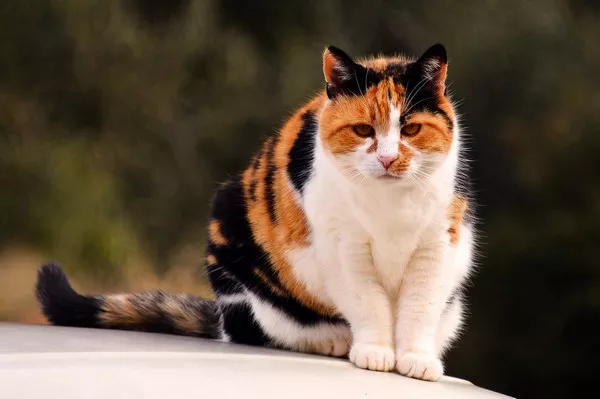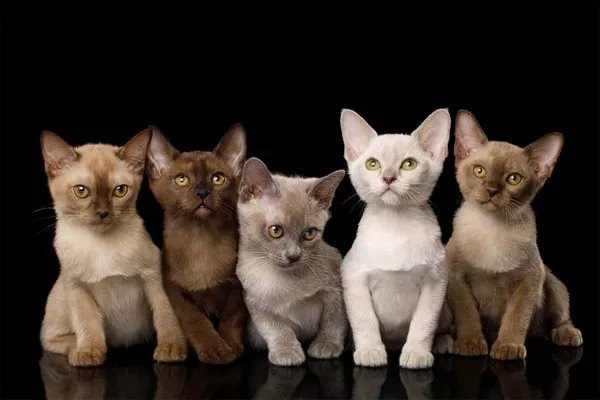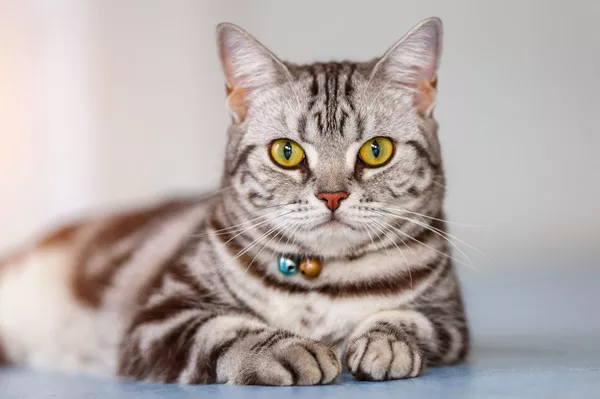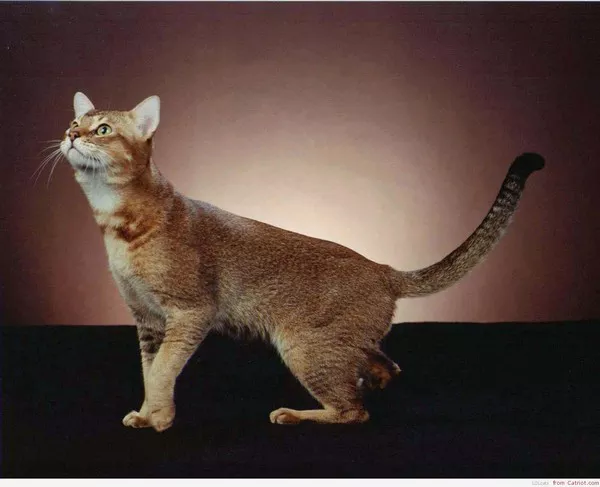Calico cats, with their striking tri-color coats and unique patterns, have captivated cat lovers for centuries. These feline beauties boast a combination of white, orange, and black fur, creating a visually stunning appearance. But there’s more to calico cats than meets the eye. In this comprehensive guide, we’ll dive deep into the world of calico cats, exploring their genetics, temperament, health concerns, and much more. Whether you’re considering adopting a calico cat or simply fascinated by these charming creatures, read on to discover everything you need to know about calico cats.
1. Calico Cat Genetics:
Calico cats are not a specific breed but rather a color pattern that can be found in various breeds. Their distinctive coat color is the result of a unique genetic inheritance. Calico cats are almost exclusively female due to the X chromosome’s role in determining coat color. The gene responsible for the orange color (O) is located on the X chromosome. Since females have two X chromosomes (XX), they can inherit both the orange and non-orange genes, resulting in the tri-color pattern. Male calico cats are rare and usually sterile, as they require an extra X chromosome (XXY) to exhibit the calico coloring.
2. Coat Patterns and Colors:
Calico cats display a wide range of coat patterns and colors, making each one truly unique. The most common pattern is known as “brindle,” where patches of black and orange are intermingled throughout the white fur. Other patterns include “dilute calico” (pale gray and buff patches instead of black and orange) and “tortoiseshell” (non-white areas filled with black and orange). Additionally, some calico cats may exhibit tabby markings, creating a stunning blend of patterns.
3. Temperament and Personality:
While coat color doesn’t directly influence a cat’s personality, calico cats are often described as outgoing, sassy, and independent. They are known to be confident and playful companions who enjoy interactive play and mental stimulation. Calico cats can also be quite vocal, expressing their opinions through a range of meows, chirps, and trills. However, it’s important to remember that individual personalities may vary, as temperament is affected by various factors including socialization and upbringing.
4. Health Concerns:
Calico cats, like any other cats, are prone to certain health issues. One notable concern is Feline Leukemia Virus (FeLV), a viral infection that weakens the immune system. It’s crucial to have your calico cat tested for FeLV and vaccinated accordingly. Additionally, calico cats may be predisposed to certain genetic disorders such as polycystic kidney disease (PKD) and hypertrophic cardiomyopathy (HCM). Regular veterinary check-ups, proper nutrition, and a safe environment can help mitigate potential health risks.
5. Care and Grooming:
Calico cats have medium to long fur, which requires regular grooming to keep it healthy and tangle-free. Daily brushing helps prevent matting and reduces hairballs. Additionally, routine care should include dental hygiene, nail trimming, and ear cleaning. Providing your calico cat with appropriate scratching posts and toys will help satisfy their natural instincts and keep them mentally stimulated. Remember to create a calm and comfortable space where your calico cat can relax and feel safe.
6. Adoption and Considerations:
If you’re considering adopting a calico cat, there are a few factors to keep in mind. Firstly, be prepared for a strong-willed and independent companion who may require ample mental and physical stimulation. Calico cats thrive in environments that provide opportunities for exploration and play. Additionally, it’s worth noting that calico cats are known to be more prevalent in certain regions, such as Japan and the United States. Rescue organizations and animal shelters are excellent places to find calico cats in need of loving homes.
7. Cultural Significance:
Calico cats hold a special place in various cultures around the world. In Japan, they are considered symbols of good luck and prosperity. The Japanese Maneki-neko, or “beckoning cat,” often depicted as a calico cat with one paw raised, is believed to bring fortune to its owner. Likewise, in the United States, calico cats are sometimes referred to as “money cats” due to the belief that owning one will bring financial success. These cultural associations further enhance the allure and mystique surrounding calico cats.
Conclusion:
Calico cats are truly remarkable creatures, captivating us with their stunning tri-color coats and unique personalities. Understanding their genetics, coat patterns, temperament, and health concerns allows us to provide the best care for these feline companions. Whether you’re considering adopting a calico cat or simply appreciating their beauty, the knowledge gained from this comprehensive guide will deepen your understanding and appreciation of these enchanting creatures.



























